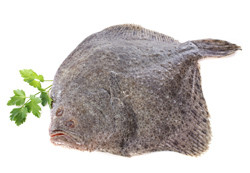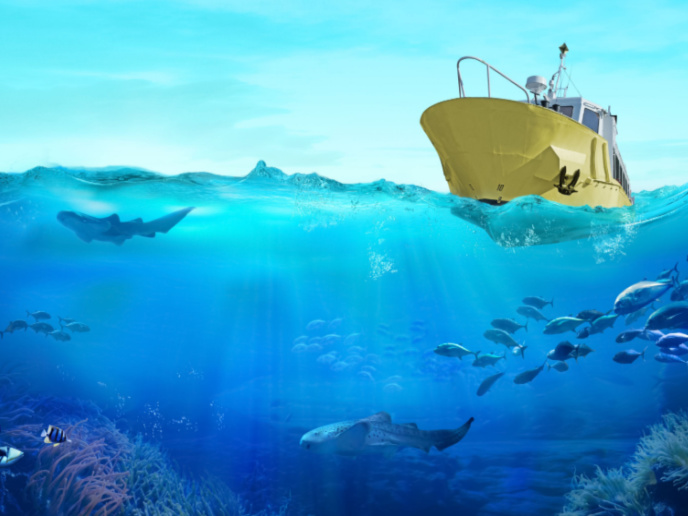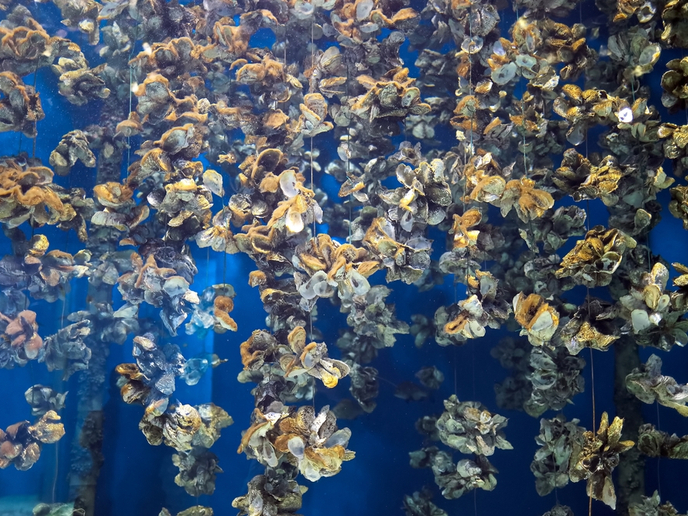Improved and increased turbot production
Turbot (Scophthalmus maximus) is an excellent candidate for marine aquaculture, but consumers still consider it an exclusive fish. If it is to be more widely available to consumers, production costs will first need to be reduced, without compromising sustainability or welfare. Over the last 20 years European production of turbot has increased from around 100 to over 11 000 metric tonnes. However, in order to further expand the production beyond this figure, new bio- and technological solutions are required. The aim of the MAXIMUS (Innovative rearing and stunning of farmed turbot and sole to meet future challenges regarding quality of production and animal welfare) project was to optimise conditions for farmed turbot. The consortium worked closely with fish farmers to ensure that the entire value chain was improved, from the input resources required to the final product. Researchers investigated the best lighting and feeding conditions to enhance fish development, yield and shelf life. They also assessed current vaccination strategies and the effect of different diets on fish immune response. Better slaughtering procedures such as live chilling or stunning with electricity were also studied. Researchers worked closely with small and medium-sized enterprises to develop an electrical stunner for turbot and sole, which is now commercially available. An important aspect of the project was ensuring that the welfare of the fish was properly monitored and controlled during husbandry and slaughter. To this end, the internationally recognised Hazard Analysis & Critical Control Points (HACCP) quality assurance system was adapted to control food safety at the industrial and retail levels for selected fish species. Implementation of the project's results will greatly contribute to the utilisation of turbot and other flatfish species in Europe. This will promote growth in the European aquaculture industry and its related production chain, thereby generating employment opportunities. It will also lead to a more diverse supply of high-quality aquaculture products throughout the year, encouraging more fish consumption among European customers and contributing to increased demand for fish products. With such strong focus on fish welfare, reduced production time, and cost and resource efficiency, MAXIMUS will significantly improve the competitiveness of European turbot aquaculture.
Keywords
Turbot, fish product, aquaculture, animal welfare, electrical stunner, food safety







